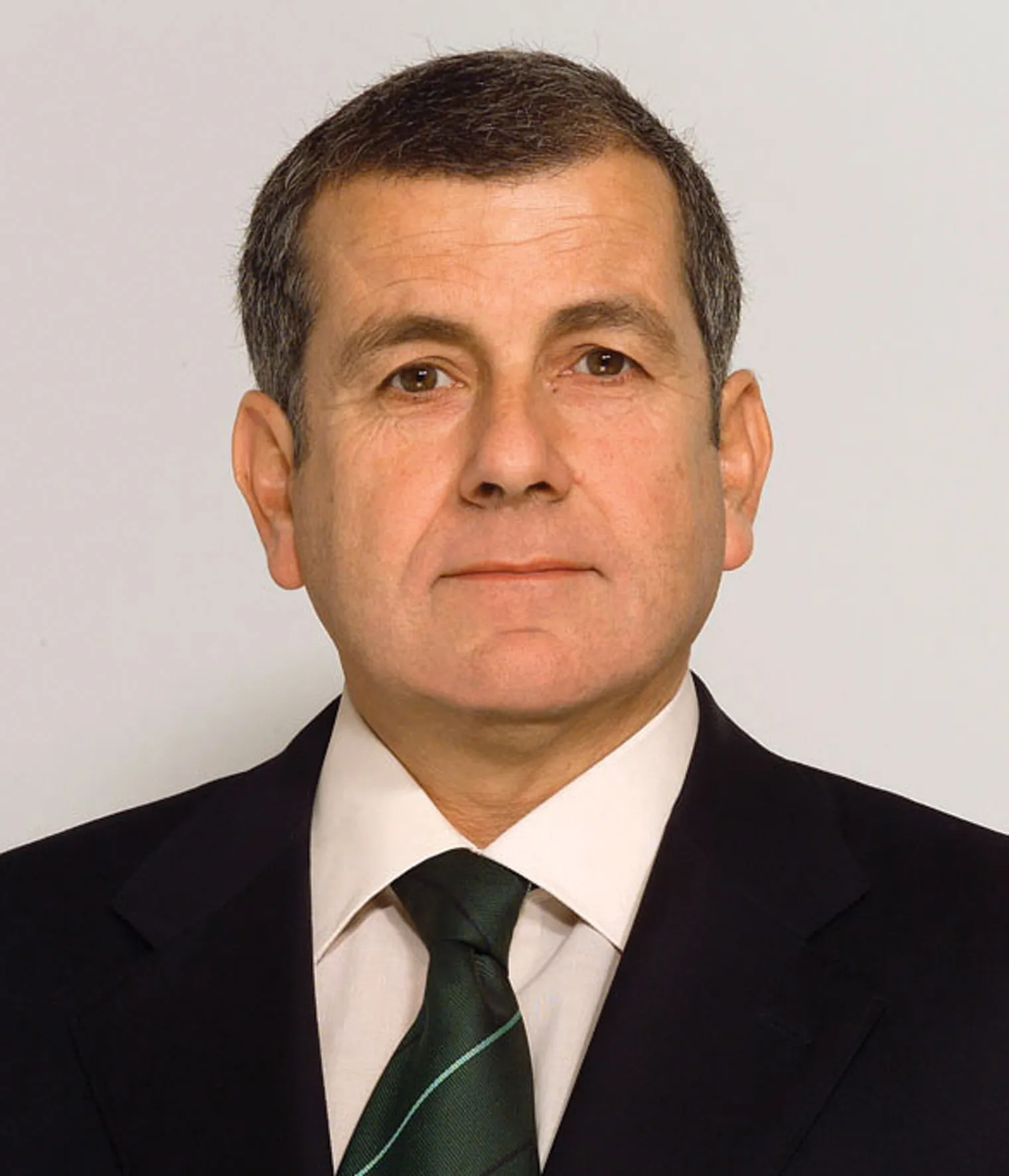Plans are now in hand to develop the highways of Nicaragua, a Central American country that has suffered from poor infrastructure investment in the past. The funding will come from the Inter-American Development Bank (IADB). Some US$91.5 million has been approved by the IADB to finance highway projects in Nicaragua between 2014 and 2018. While this sum may not seem as substantial as the investment being seen in other countries around the world, it will make an enormous difference to this small Central Ameri
October 2, 2013
Read time: 2 mins
Plans are now in hand to develop the highways of Nicaragua, a Central American country that has suffered from poor infrastructure investment in the past. The funding will come from the 2791 Inter-American Development Bank (IADB). Some US$91.5 million has been approved by the IADB to finance highway projects in Nicaragua between 2014 and 2018. While this sum may not seem as substantial as the investment being seen in other countries around the world, it will make an enormous difference to this small Central American nation, which has been starved of funding in recent decades. Key routes to be upgraded and repaired include a 36.4km section of highway between Villa 15 de Julio and Malpaisillo, a 24.7km section of road between Boaco and Muy Muy and a 31.4km of road linking Chinandega and El Guasaule. Meaanwhile Nicaragua’s Government I planning the tender process for highway connecting La Paz and Malpaisillo, which is expected to cut reduce journey times by 40 minutes.






